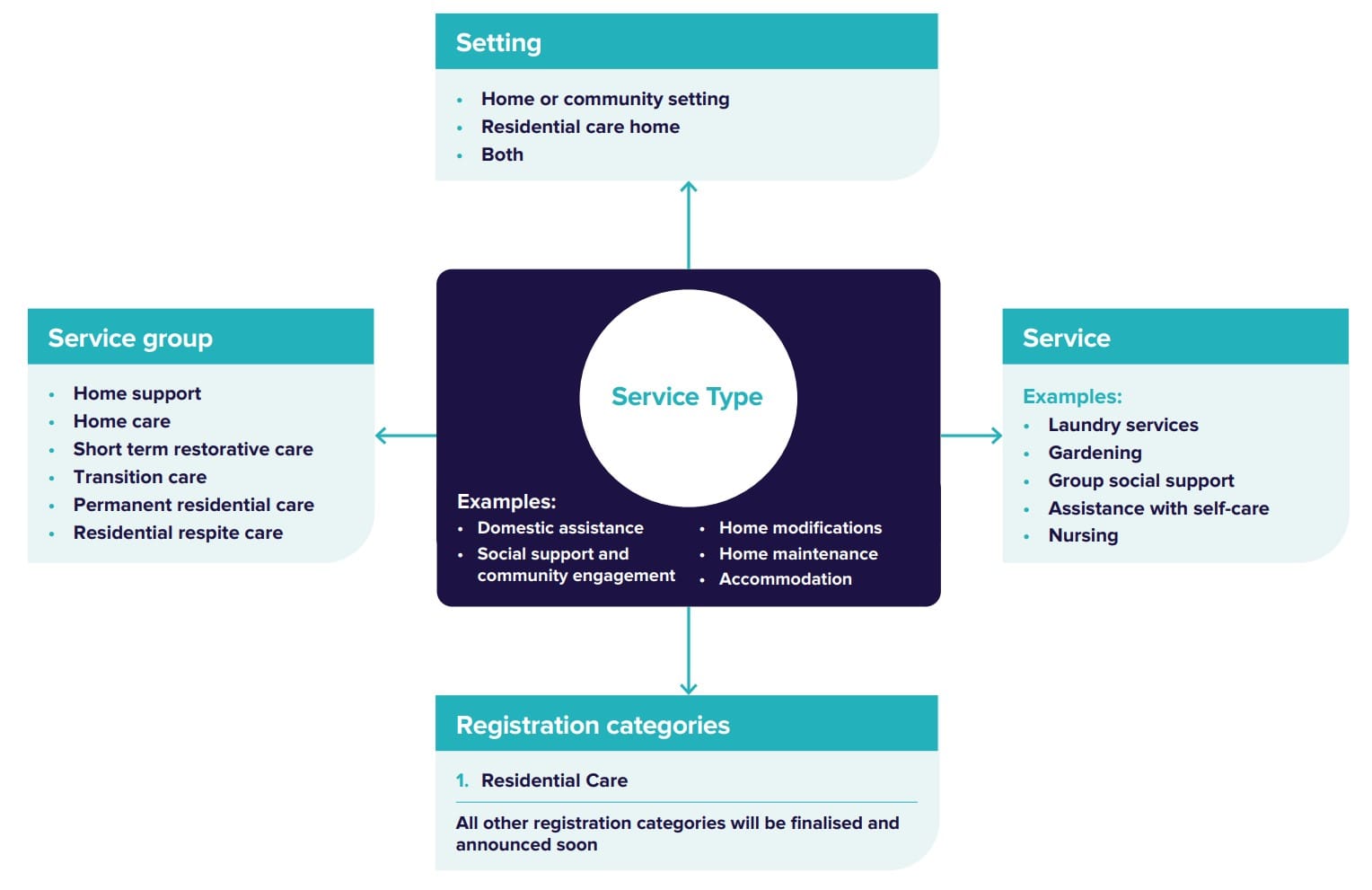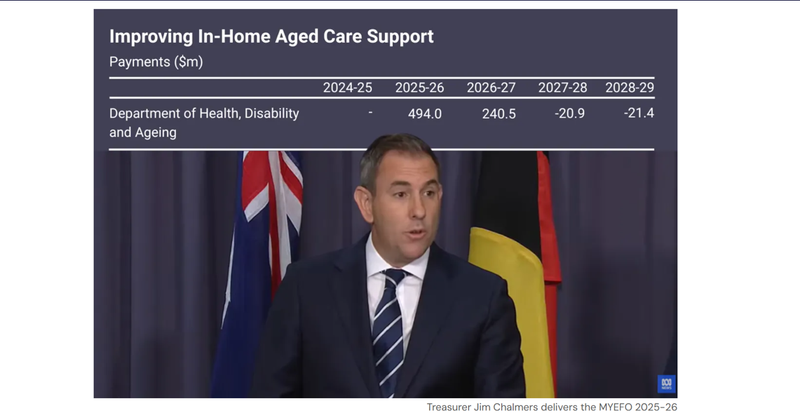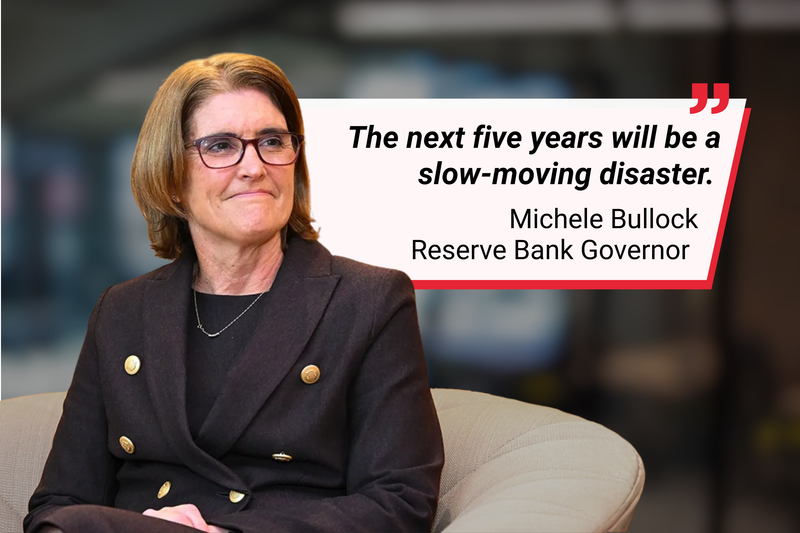The new Aged Care Act: will it make or break the future delivery of care into retirement villages?
The new Aged Care Act represents a fundamental shift for the business of ageing that could be a boon for village and aged care operators alike – as long as the bureaucrats don’t regulate the opportunities for care in villages out of existence.

Many aged care operators over the past 24 months have strategised transferring their focus to retirement villages and assisted living but this strategy could now be in jeopardy. The good news is the exposure draft for the new Act represents a fundamental shift for the business of ageing that could be a boon for village and aged care operators alike – as long as the bureaucrats don’t regulate the opportunities for care in villages out of existence. Due to commence on 1 July this year, the draft – released on 14 December last year – has for the first time recognised – and named – retirement villages as a place where aged care services can be delivered. This is a significant development for operators of both home and residential aged care, and retirement living. Co-contribution and private aged care Some of the most successful retirement living operators in Australia are now those that deliver aged care services on a fee-for-service basis, or as we call it, ‘private aged care’, such as LDK Seniors’ Living and Odyssey Lifestyle Care Communities. In our final issue of SATURDAY for 2023, Anglicare CEO Simon Miller (pictured) revealed that the Christian Not For Profit – which owns a 50% stake in LDK – is pausing its new aged care bed development and pursuing a trial of embedding home care services into its retirement villages, supporting residents up to palliative care. Congregate living and funding

The new Support at Home program – starting 1 July 2025 – could support this model through the ability to pool Package funding in ‘congregate living’ settings i.e. villages.
“We are working with the Government around the design of Support at Home, with a view that you might be able to pool some element of your Package that you can spend on services that benefit the village,” stated Simon. “For instance, you might be able to say, yes, I’m happy to contribute to having a nurse on site 24 hours a day, even if I’m not using the service.”
With many aged care operators shifting their focus to retirement living to remain sustainable, this trial could potentially provide a template for other providers to follow. The (potential) bad news But as we reported on Tuesday, these ambitions are under threat. The draft suggests that a retirement village delivering aged care services could be considered a ‘residential aged care home’ (meaning a RAC) if the village:
- is the place of residence of individuals who, by reason of sickness, have a continuing need for aged care services, including nursing services; and
- it is fitted, furnished and staffed for the purpose of providing those services.
This would mean that village operators would be subject to the same compliance requirements as residential care – a turn-off for any operator looking to offer complex care under the Retirement Village Act. Drafting/thinking incomplete There is hope, however. We have compared this 2023 draft to the 1997 Act and it is clear that this draft is far from complete. Key sections including the sections on ‘Prioritisation’, ‘Place allocation’ and ‘Fees, payments and subsidies’ – so how and where older Australians will access funding and how much – remain blank, presumably waiting on the recommendations from the Aged Care Taskforce’s Final Report, now due to be released any day. These sections will connect the dots through the document and conclude that it is impossible for a retirement village to carry the regulatory burden of a RAC. They are designed, operate and are regulated for different purposes. Identifying part or all of a village as a RAC would stamp out this desperately needed accommodation and services. Submissions on the draft Act close on 16 February 2024, leaving the sector just four weeks to make their case. The Aged Care Royal Commission’s first recommendation was for the new Act, with the aim to “assist older people to live an active, self-determined and meaningful life, and ensure older people receive high quality care in a safe and caring environment for dignified living in old age.” If village and aged care operators want to ensure they fulfil this vision, they will need to move fast.





